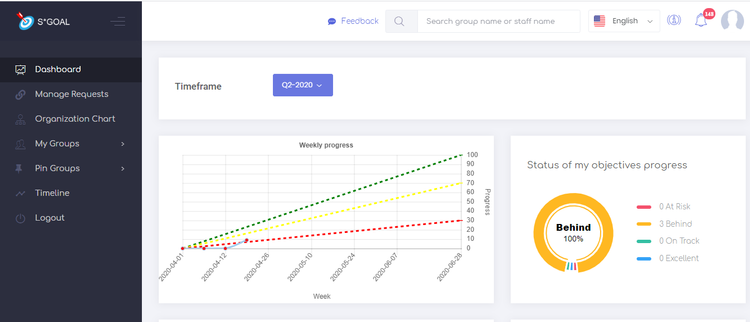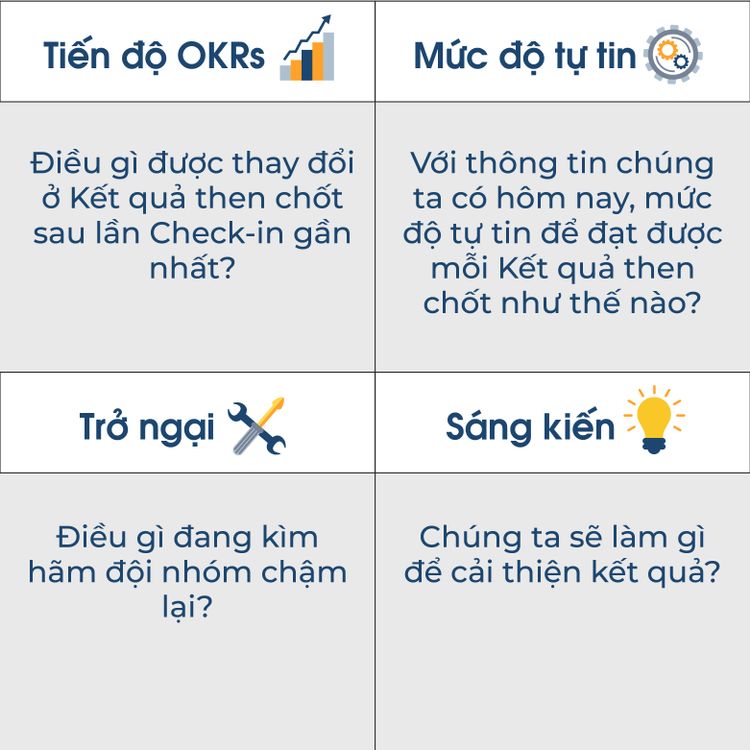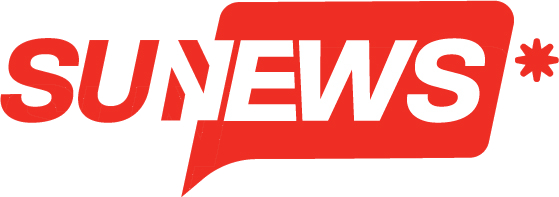FAQs about OKRs (Part 2): Will OKRs affect your ranking and salary?
Updating the progress of implementing OKRs weekly to S*Goal gradually becomes more familiar to each Sunner. However, in order to update standard information as well as to better understand the importance of implementing OKRs at Sun*, please read the FAQs on OKRs (part 2) below!

Question 1: Are OKRs related to performance evaluation? Does it affect your rank and salary? If OKRs and rank are the same, should one be removed?
Answer:
The goal when Sun* applies OKRs is to motivate each Sunner to pursue their goals. When that goal is shared with others as well as seeing how it helps the organization connect and grow. We do not use the OKRs completion rate to evaluate people's performance or consider increasing salary, but we will recognize how people put efforts into the process of achieving the goals and giving improvement lessons.
OKR is a tool for setting up and managing objectives and key results and it a not a rating system, so the company has not considered using them as a substitute for ranking or performance rating system.
Question 2: How often should data be updated on S*Goal?
Answer:
OKR uses three different alignment mechanisms: Transparency, Shared OKRs, and 360º Alignment. Continuously sharing and updating the implementation schedule and completion rate will increase the alignment to support and ensure the effective implementation of OKRs.
So make sure the company encourages everyone to update their progress and results of OKRs in a real-time on S-Goal system and to ensure individual and groups update OKRs weekly; groups update monthly; unit update quarterly.

Question 3: How to flow tracking the completion rate of each member's OKRs?
Answer:
Let OKRs become a useful tool leading you to the success. To make it come true, OKRs need to be updated and monitored on a regular basis and you need the right tool and implementation, which will be the most powerful tool for putting OKRs into daily activities to become part of the company culture.
At Sun* we use the S*goal tool and check-in meetings to update and follow.
+ S*goal system allows displaying all OKRs of each individual and organization, and allows updating the progress and results of OKRs implementation, thereby ensuring the convenience when accessing to the OKRs of all Sunners.
+ Check-in meeting on progress. The meeting takes place weekly, monthly and quarterly according to each level and this meeting usually takes place in a short time, with the structure of 4 elements, described in 2x2 matrix.

Câu 4: On the management and tracking OKRs tool S*Goal, in which order will the Os and KRs be weighed?
Answer
When setting up OKRs, we will have Objectives and Key Results for each stage. So, how can you improve your concentration, or define the priority of Os and KRs clearly? The weight will solve this problem.
Currently on the S*Goal system, among Objectives and among the Key Results we will have weights from 1 -> 5 corresponding to the importance level and the increasing influence. Basically, if you put Os and KRs in the same number (all are 1, all are 2 ...) then there is no difference between them. However, if you put the first Objective in the weight of 1, the second Objective in the weight of 5, it means that the level of impact and influence of the second Objective is 5 times of that compared to the first Objective.
When defining and setting up OKRs, you need to assess the importance of each Os and each KRs seriously to have an appropriate weight distribution. From there, you can ensure the focus, responsibility and alignment in setting goals.

Question 5: How do I know if I had achieved Objective or not? Is it necessary to achieve all the KRs to be counted as accomplishing the goal?
Answer:
Every business, every team, and every individual needs a definition of success, we will not know whether we have succeeded or not if it is not clearly define.
Different people have different meaning of success. If I ask your team members what is success, I would definitely receive different answers from them.
When applied correctly, OKRs help teams and businesses clearly define what success is. Then set measurable criteria to reach success.
In OKRs, success is the Objective (O) and the criterion for measuring success is the key result.
However, we need to agree that the OKRs completion rate is not the only indicator that measures the effectiveness of OKRs. Because when setting OKRs we will have stretch goals (ambitious goals) and improvement goals.
Only when completing 70%, 80% or 100%, it is considered good? his depends on many factors, including a big difference in setting goals, whether your goal is "stretch goal (ambition) or" improvement goal".
It is difficult to state clearly, but at Google, completing 100% is good if it is improvement goal. If it is a stretch goal, completing 70% is considered good.
The OKRs completion rate will be a relative number that reflects success. The important thing we are aiming to is the lesson from the implementation of OKRs, the completion rate may not reach 100% but with the implementation process, you will rethink the way you work, ask yourself difficult questions to expand your thinkng ability. That is considered a success. Always remember that the highest or most difficult goal creates the highest level of effort and performance.

 VI
VI EN
EN



